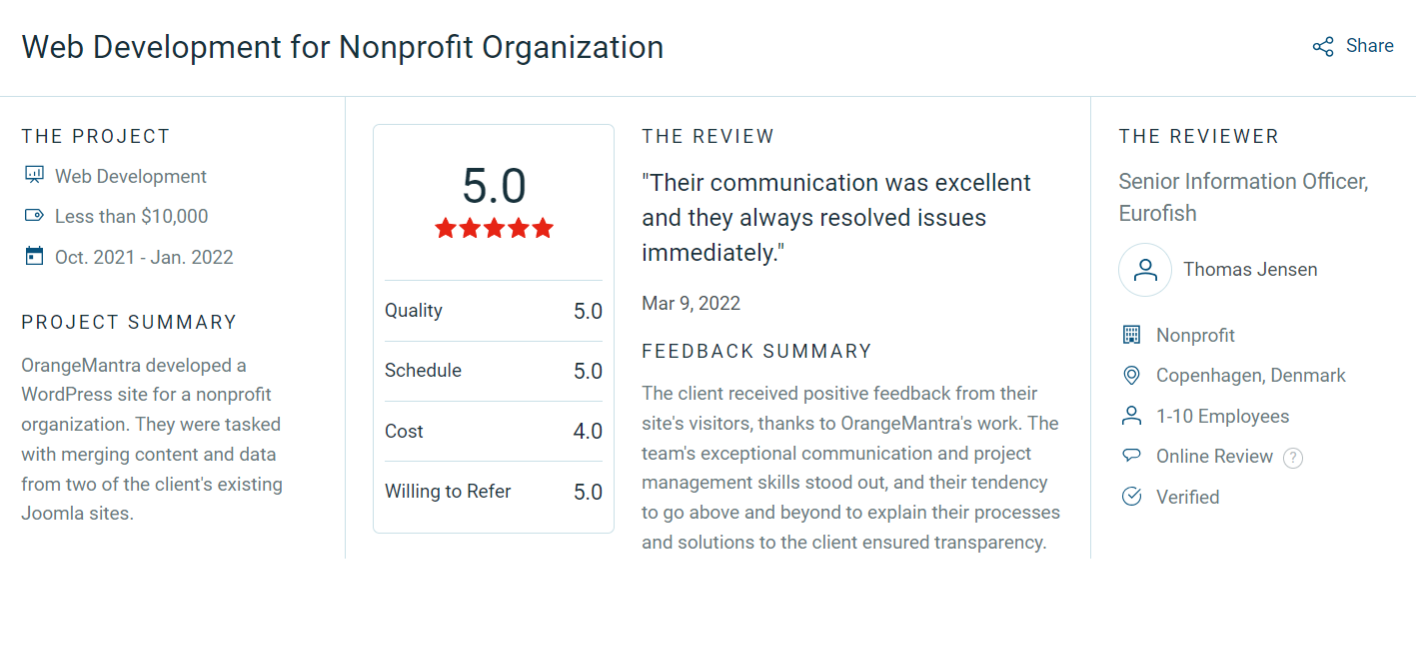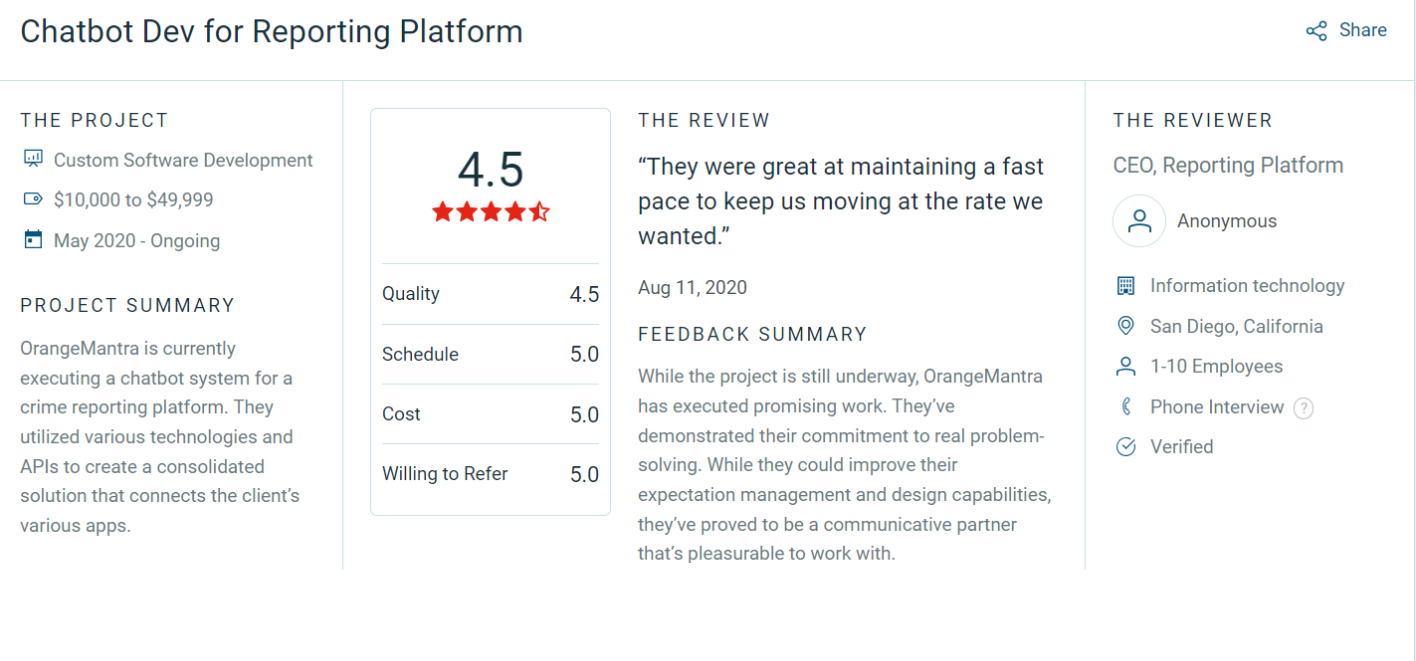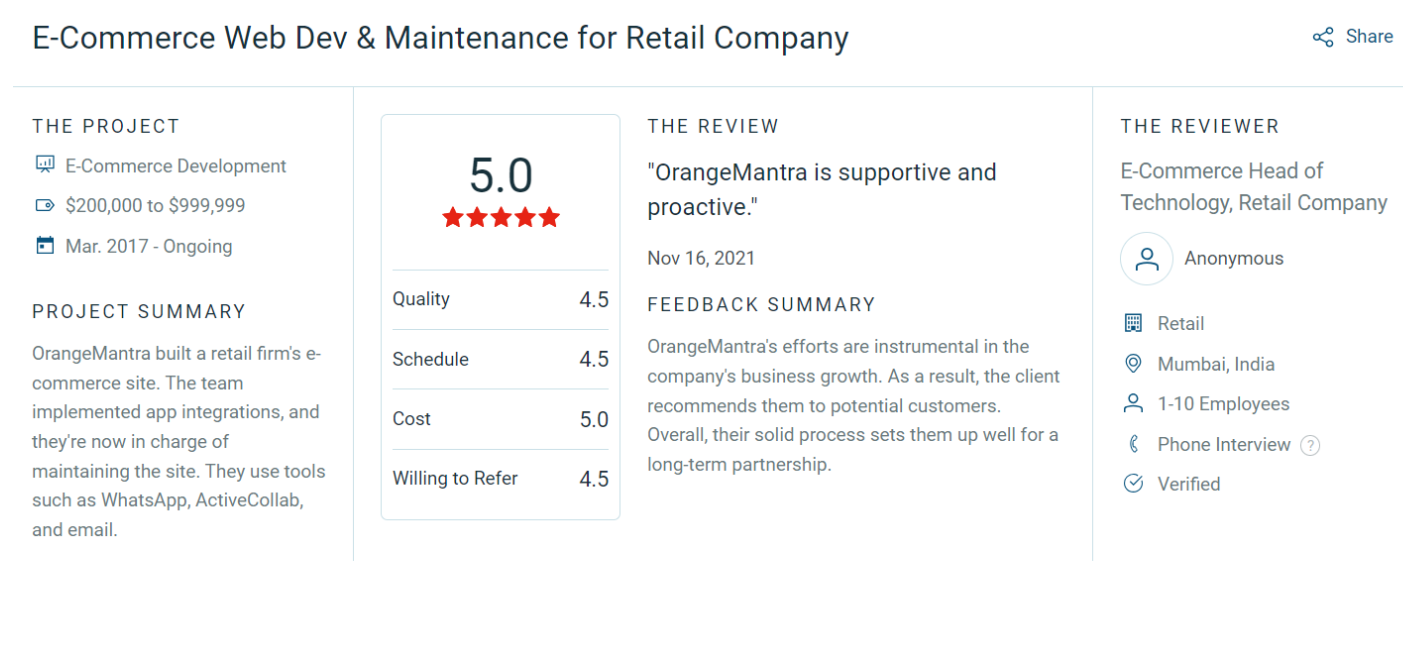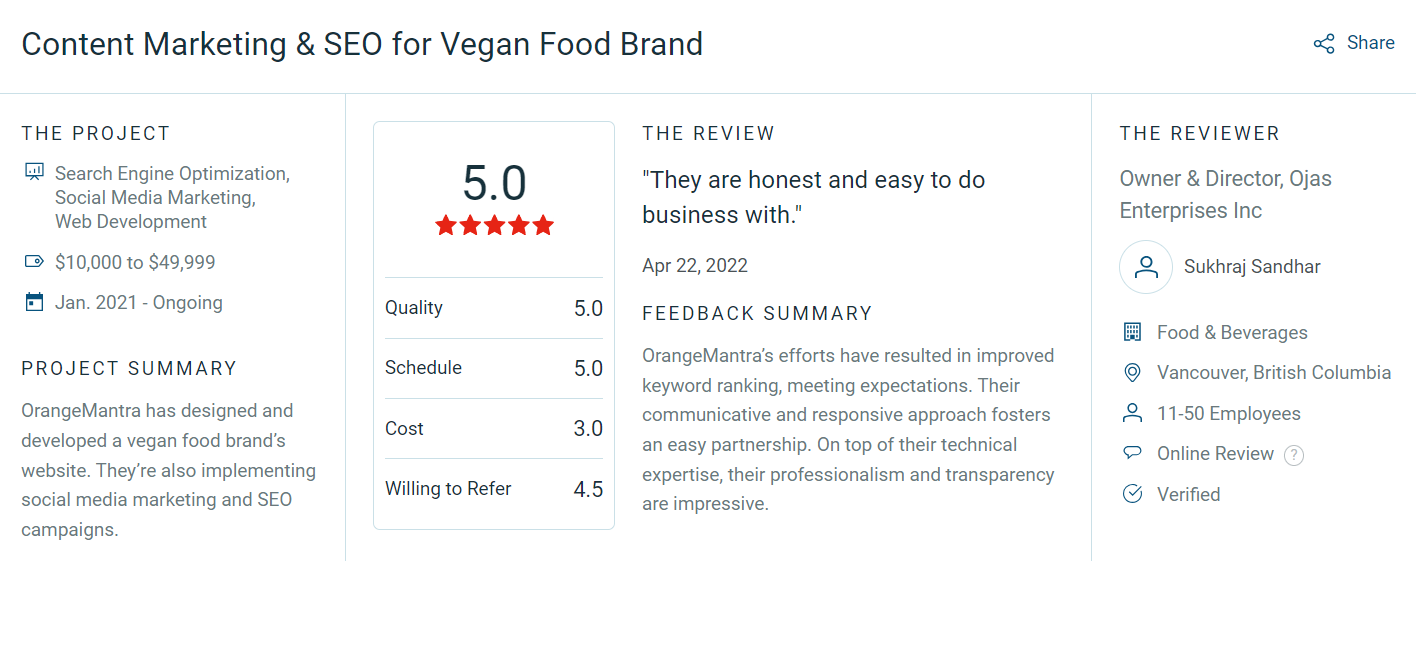The Problem: Traditional Scoring Models Couldn’t Stop Rising Defaults
The bank was stuck in the past. They used old-school systems and rigid rules to decide who got loans. These outdated methods couldn’t keep up with how people actually handle money today. When facing borrowers with non-traditional incomes or thin credit histories, the system just froze. Applications piled up while the bank manually reviewed edge cases. Good customers got stuck waiting. The result was frustrated customers and unnecessary risk.











